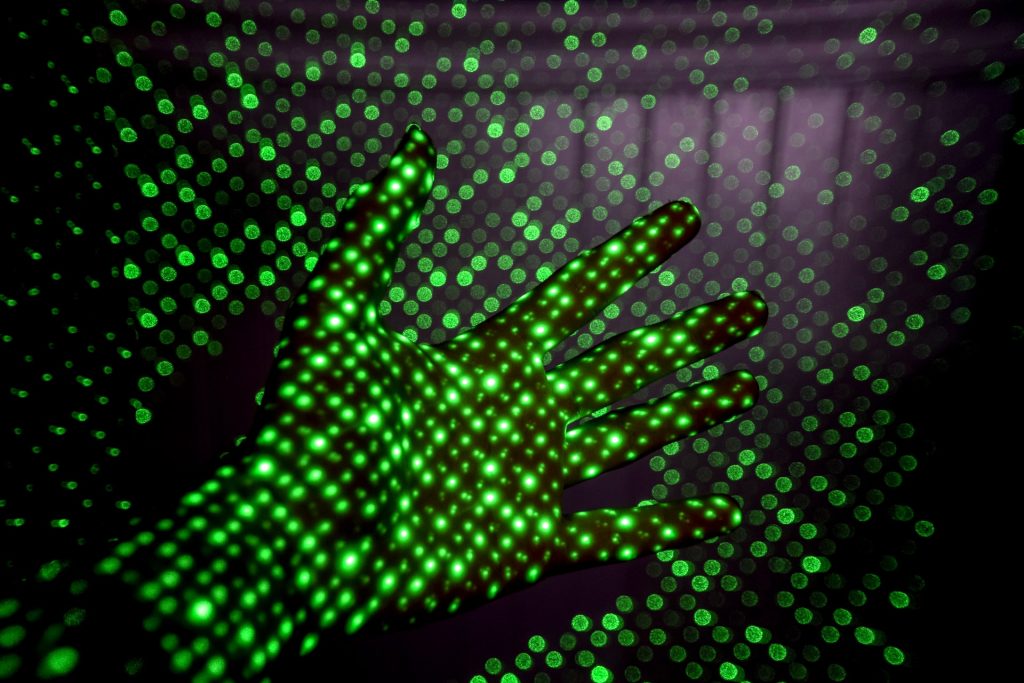Researchers Uncover a Mechanism that Regulates Hair Regeneration

Chinese researchers have discovered a new regulatory mechanism for the regeneration capacity of skin hair, with important clues for developing treatments for hair loss. Hair loss or alopecia is an extremely common condition, yet there is still no effective therapy for it.
In the skin, activation of hair follicle stem cells (HFSCs) and progenitors by growth factor stimulation is the basis for hair follicle and hair regeneration. Hair regeneration defects can often attribute to blunted responses of HFs to growth stimuli, but it is how the sensitivity of HFSCs or progenitors to growth stimuli is determined is still unclear. Figuring out the answer to this question will provide important clues for the treatment of hair-related diseases such as alopecia.
To this end, Prof Zhang Liang’s group from the Shanghai Institute of Nutrition and Health (SINH) of the Chinese Academy of Sciences, and collaborators uncovered the role of the micro RNA miR-24 and its mechanism in limiting the regenerative ability of hair follicle (HF) progenitors, opening up new therapeutic avenue for hair loss treatment. microRNAs regulate key steps of cell differentiation and development through suppressing gene expression in a sequence-specific manner.
The researchers discovered that that the resting-to-activation transition of HF is associated with significant down-regulation of miR-24 in HF progenitors prior to their activation.
By experimenting with mouse models, they found that miR-24 limits the sensitivity of HF progenitors to growth stimuli. miR-24 over-expression in the skin epithelium significantly delayed HF progenitor activation and hair cycle progression, while its conditional ablation significantly accelerated the hair cycle and increased the HFs’ sensitivity to growth stimuli.
Interestingly, the conditional ablation of miR-24 in skin epithelium significantly improved the effect of Minoxidil lotion on stimulating hair growths without detectable side effects, indicating that miR-24 could be a new potential target for hair regeneration therapies.
Mechanistically, the researchers discovered that Plk3 is a new miR-24 target gene that mediates the function of miR-24 to limit hair growth by regulating CCNE1, a key cell cycle regulator. They also found that miR-24 acts downstream bone morphogenetic protein (BMP), which is a known inhibitory signal for hair growth.
The study revealed that miR-24 is a key factor limiting the regenerative ability of skin HF progenitors. How adult stem cells respond appropriately to environmental stimuli is a question of fundamental importance in stem cell biology.
Source: Medical Xpress
Journal information: Fengzhen Liu et al, miR-24 controls the regenerative competence of hair follicle progenitors by targeting Plk3, Cell Reports (2021). DOI: 10.1016/j.celrep.2021.109225






